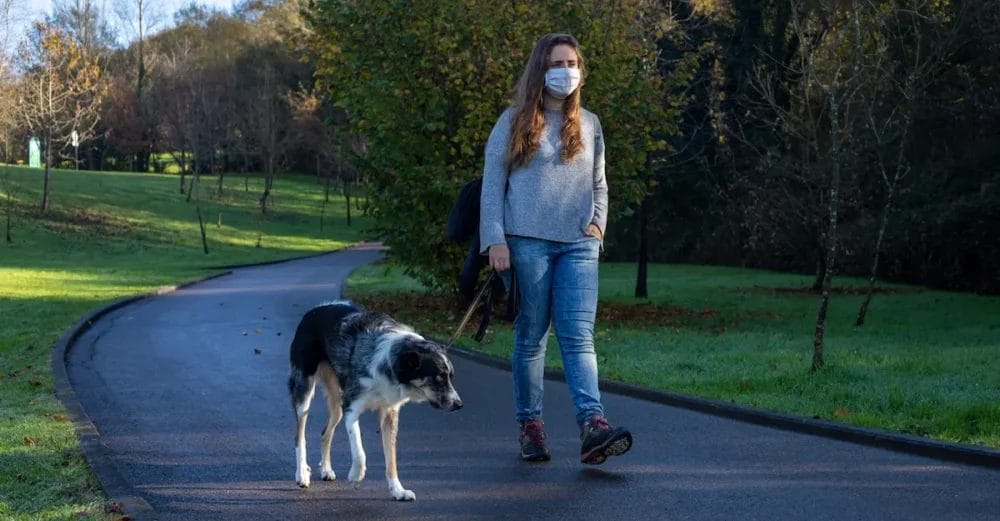Posted
11th August 2021
Events and Exhibitions
In this article, we highlight some fascinating research from the ECCMID 2021 virtual event.
ECCMID, the world’s premier Clinical Microbiology & Infectious Diseases event, brings together experts from relevant fields to present their latest findings, developments and share their expertise. The 31st ECCMID meeting was recently held as a virtual event and as usual, attracted a global audience of over 14,000 delegates.
Issue arising from SARS-CoV-2 pandemic
Naturally, the issues arising from the SARS-CoV-2 pandemic were at the forefront in a number of sessions, and the importance of good ventilation/air quality was highlighted as an important factor in preventing transmission.
Interestingly, in one abstract from Prof Anders Johansson from the Umea University in Sweden reported an outbreak of antibiotic-resistant Staphyloccocus epidermidis via the airborne route as the cause of an outbreak of deep surgical site infection arising from the ward and not the operating theatre (where the organism was not detected).
RELATED ARTICLE: The impact of Clinell Universal on reducing SARS-CoV-2 contamination in England’s hospitals

Risk of aerosol transmission
Aerosols were also mentioned as a risk in an abstract from a University in Porto, Portugal where researchers sampled surfaces in dental clinics before and after patients. Over 50% of samples were classed as contaminated and MRSA made up 17% of these cases. The incidence of MRSA and MSSA was significantly higher after patient care but interestingly, still present before patient care. This clearly indicates that intra-patient decontamination of the environment was suboptimal.
Pathogens surviving on surfaces for 28 days
Talking of surfaces, other abstracts of interest included a new set of findings from the Institute of Medical Microbiology and Hospital Epidemiology from Hannover, Germany. The research team reported that of a range of clinically-relevant pathogens, Acinetobacter baumanii and Enterococcus faecium were the most likely to survive. Both could be detected in a viable form on all surfaces tested at 28 days (the limit of time used).
RELATED ARTICLE: COVID-19 transmission: droplet, contact, or aerosol?

Wind direction & COVID-19 cases
Going back to air, there was a fascinating abstract from the University of Edinburgh that reported on changes in COVID-19 infections regionally following a change in the prevailing wind direction. The authors examined wind currents, looked at changes in incidence of COVID-19 in towns and regions and concluded that there was an increase in the number of cases downwind from a hot spot to an area of previously lower incidence. The authors suggest that mask wearing is supported by these interesting findings.
If you’d like to read more about the events we attend, head to “Events & exhibitions” on our blog. Help spread the word by sharing this article on social.
SHARE THIS ARTICLE
Tags
Latest News
Embracing sustainability and cost savings: The journey of Clinell Indicator Notes to paper-based solutions
At GAMA Healthcare, we’ve always prided ourselves on being at…
Introducing HEXI HUB: A seamless transition in our product line
We’re pleased to announce an update to our product offering…
Innovative solutions for tackling Carbapenemase-producing Enterobacteriaceae (CPE) at King’s College Hospitals
King’s College Hospital NHS Foundation Trust, one of London’s largest…
Gloves Off: reducing unnecessary plastic waste during environmental cleaning and disinfection
In this blog, Dr Phil Norville discusses the momentum-gaining ‘Gloves…




